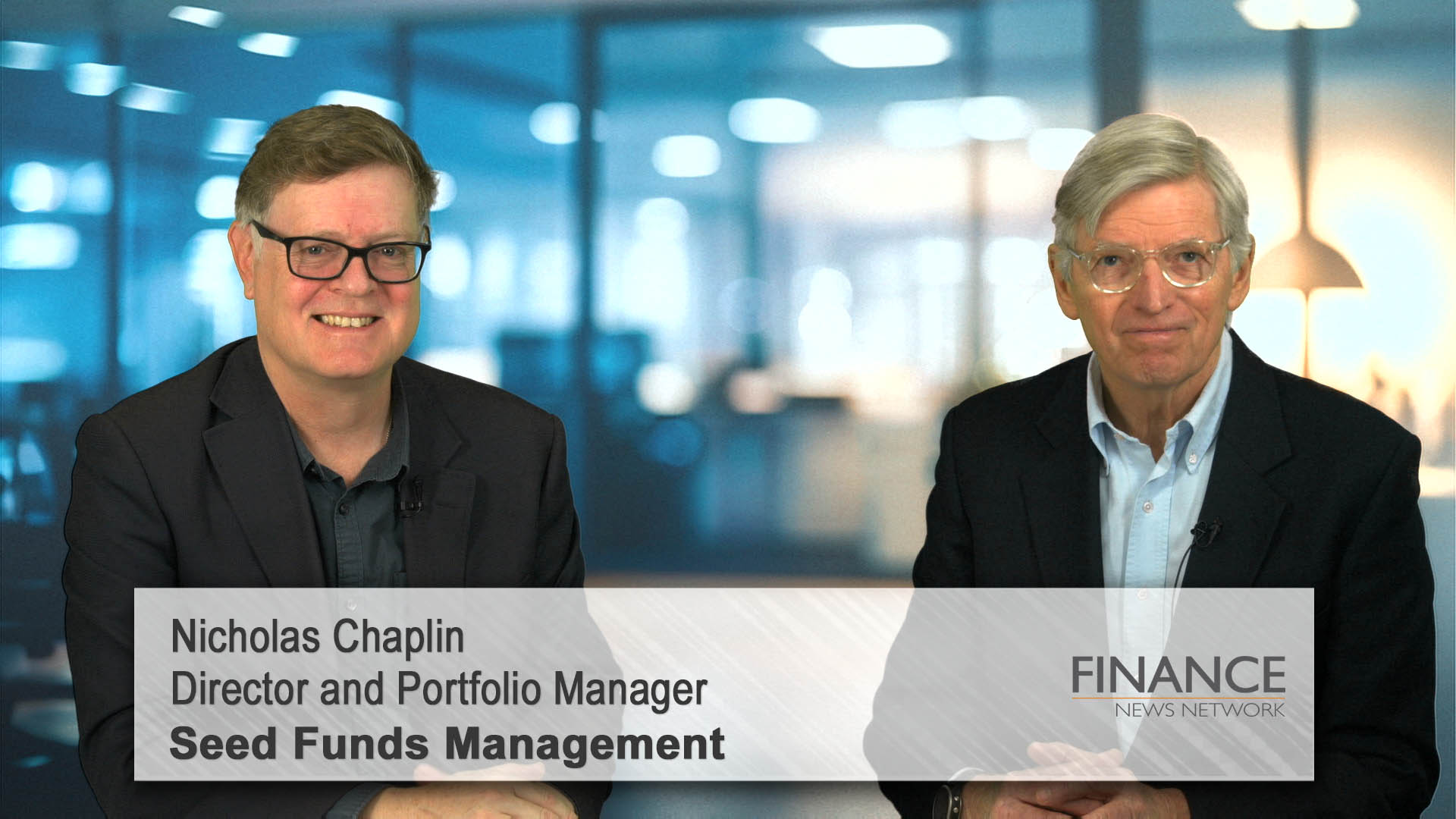A higher-interest-rate world has seen a return to investors favouring companies that generate positive cashflow or which are building a sustainable business model. Increasingly, the market is demanding listed companies show profitability or, at the very least, a clear path to profitability.
This has occurred at the same time as the economy is softening, making the path to sustainable profitability that much more difficult. For Perpetual Deputy Head of Equities Anthony Aboud, the past quarter has been characterised by the market starting to again favour fundamentals over narratives.
“During 2020 and 2021, when interest rates were close to zero, the market was obsessed with revenue growth, total addressable market (TAM) and long-term targets,” he said. “It seemed as though generating positive cashflow or building a sustainable business model was of less importance then acquiring talent and growing. The market rewarded growth and potential disruption over fundamentals.”
Against this backdrop, there are several broad trends that Aboud is beginning to see.
Growth companies reducing workforce
“We have seen quite a few US technology companies announce mass lay-offs while, closer to home, local tech champion Xero has really changed its tune in the last twelve months,” explained Aboud.
“In May 2022, at the company’s full year results conference call, there was an intent to focus on talent acquisition and bending over backwards to grow the workforce as the company introduced fully remote roles and increased its workforce by 31%. However, less than twelve months later, in March 2023, the company announced a 15% reduction in workforce.”
Motivation for aggressive accounting
In an environment where investors are demanding evidence of profitability and sustainability, Aboud argues that management teams have more incentive to use “all sorts of accounting tricks” to create the perception that the company is trading better than it is.
“Gone are the days when companies would beat their chests about how many people they have hired or how big their total addressable market is,” he said. “Through direct management actions (reducing workforce), messaging to market (pathways to profitability, not revenue growth) and more aggressive accounting, we are observing a big shift in company strategies away from revenue growth at all costs and a blue-sky narrative towards sustained profitability.”
What this means for portfolio construction
As fundamental investors, the Perpetual Australian Equities team is excited by this shift.
“Our process means that we do not invest in speculative, unprofitable companies with no prospect of becoming profitable. Hence, we have avoided the carnage that has played out in start-up technology companies. As the market has shifted its focus to fundamentals and valuations, this has driven good returns in our long book,” said Aboud.
Diving deeper, he added that a focus on earnings quality will be a key driver of share price outcomes in the coming months.
“As a result, we spend a material amount of time analysing company statutory accounts each reporting season on both the long and short side,” added Aboud. “Our forensic analysis of earnings quality should put us in a good position to stay ahead of the curve.”
Assessing earnings quality
In its simplest form, Aboud sees earnings quality as a measure of how accurately the presented earnings reflect the true performance of a company. But what are the indicators to look for when assessing earnings quality?
1) Cashflow conversion
This is the most obvious and easiest to analyse. A simple comparison of gross operating cashflow to EBITDA is a simple way to measure this.
“If cashflow conversion is materially below 100%, we need to understand what has driven the weak cashflow,” said Aboud. “Working capital builds are often a driver and are sometimes explained by a seasonal build in inventory, a delay in collecting receivables or the company paying its suppliers early.
As such, there may be good reasons why a large inventory build is not a cause for concern. However, a higher inventory balance increases the risk of margin pressure in the period ahead and often suggests that prior period sales did not go to plan.
2) One-off items excluded from “adjusted EBITDA”
Companies have increasingly moved to using EBITDA as the presented measure of earnings in presentations.
“We have our issues with EBITDA being used as a metric but that is a conversation for another day,” added Aboud. “When analysing accounts, we pay particular attention to what costs companies have excluded from normalised earnings (for example, bid costs for a contractor taken below the line each year), how regularly companies take costs below the line and the materiality of those costs to the companies’ profit.”
3) Increased capitalisation rates
If a company has a large increase in capital expenditure (capex), it is important to understand what costs the company is capitalising.
“There is always a chance that the management team have decided to capitalise costs that belong in operating expenses,” said Aboud. “Of particular interest are companies that capitalise internal development costs, which are usually employee costs. Understanding the percentage of development costs that are expensed versus capitalised, and monitoring this over time, can highlight earnings quality shortfalls, especially where you observe a large change for the same company.”
Capitalisation of research and development is subjective, and this brings an element of risk.
4) Movement in deferred consideration
When a company makes an acquisition, it will often defer a portion of the total consideration to the vendor as contingent on the performance of the business over a period of time post the acquisition completing.
“Analysing the balance sheet to monitor any movement in the deferred consideration balance provides valuable insight to investors into how the acquired business is performing,” said Aboud. “If it has missed earn-out targets, this deferred consideration provision will be released and boost profit in that year. If this has made a material contribution to profits or has not been taken below the line, it is a low-quality earnings driver.”
Conclusion
When analysing a company, the Perpetual Australian Equities team spend a lot of time looking at the quality of the business, the long-term outlook for the industry and trying to understand exactly what the sustainable comparative advantage of that company is, both now and in the future. This includes forming an opinion on the management team.
“Understanding these qualitative measures and trying to buy these companies when they are good value is what we care about,” said Aboud. “We think that the market has largely ignored earnings and earnings quality over the last few years, but it is becoming increasingly important as the cost of capital increases and access to capital becomes a little more difficult. We think this plays into our hands on the short side and that the volatility will also create opportunities on the long side.”
The Perpetual Wholesale SHARE-PLUS Long-Short Fund invests in companies it believes will rise in value and takes short positions in companies it believes will fall in value. The Fund aims to provide long-term capital growth and income through its long-short strategy, and to outperform the S&P/ASX 300 Accumulation Index over rolling three-year periods.













